Deer resistant ground cover plants – 12 tough plants for any spot in your yard
These deer-resistant ground cover plants will keep your borders looking good despite any unwelcome visitors


Two of the biggest problems in gardens across the US are weeds and deer. But what if I said there were plants to solve both these problems at the same time? Yes, really!
Ground cover plants are varieties that suppress weeds, preventing them from coming up in the first place, or that steadily smother them and prevent them from spreading. There are many attractive, mostly evergreen varieties for sun or shade or a little of both – but there’s more. We all know that deer love to eat some plants but almost never eat others. Well, among all those weed-suppressors are some varieties that the deer don’t eat – usually because the deer hate the taste.
So, here I’ve chosen full sun ground cover plants, as well as plants for full shade and partial shade, helping to prevent or limit weed growth, but - importantly - that are also usually ignored by deer. And that’s a great combination. But a little caution is also valuable. Some nurseries list periwinkle, Vinca, and ivies, Hedera, as useful deer resistant ground cover plants. But in many parts of the country vinca and ivy are invasive so it’s best to avoid planting them.

Deer resistant ground cover plants
The following 12 plants have been selected for their beauty and practicality, adding greenery to any yard while also repelling and resisting deer. Even if you live in an area where deer are not a problem, these plants will still add impact wherever they are planted.
Creeping Juniper (Juniperus)
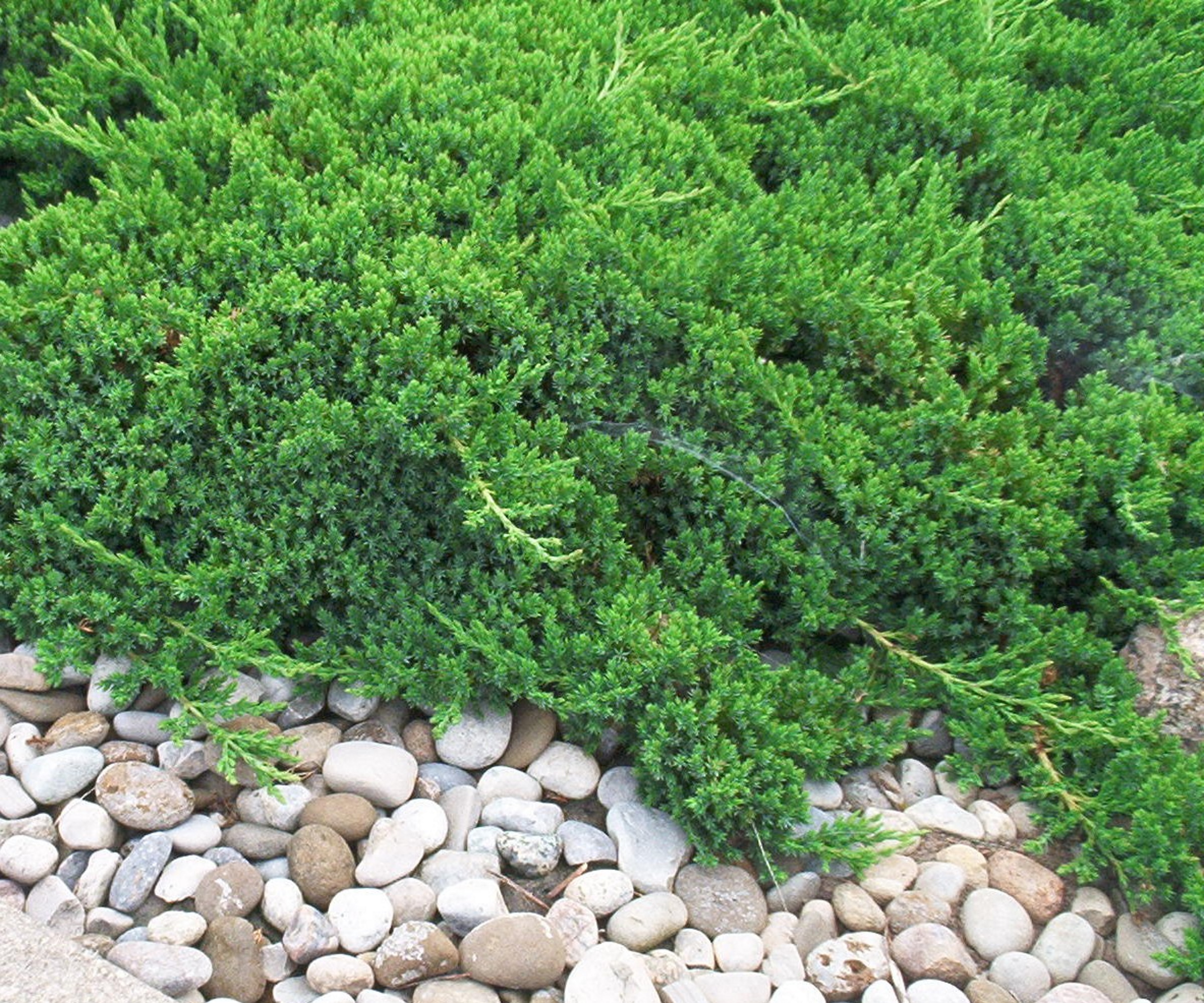
Creeping junipers are ideal deer resistant ground cover plants. They make a dense carpet of evergreen, sharply pointed needles creating plants that mostly stay low and spread horizontally. Some lay flat on the ground, some develop into low and spreading bushes - but the bushy or tall and upright varieties have other uses. So choose your varieties carefully. Deer hate the taste and the sharp needles, making this a tough and resilient evergreen ground cover plant.
Type: Needle evergreen
Hardiness: USDA Zone 4
Design expertise in your inbox – from inspiring decorating ideas and beautiful celebrity homes to practical gardening advice and shopping round-ups.
Top varieties: The stems of Juniperus horizontalis 'Bar Harbor', available from Walmart, spread flat on the ground and are covered in gray-green needles that develop purplish tones in winter. Juniperus squamata 'Blue Star', available from Walmart, develops a dense, more rounded shape with large, silvery blue needles.
Growing tips: No pruning or clipping is generally necessary although, very occasionally, an upright shoot may develop. Shoots like this can be snipped off low on the plant.
Lamb’s Ears (Stachys byzantina)
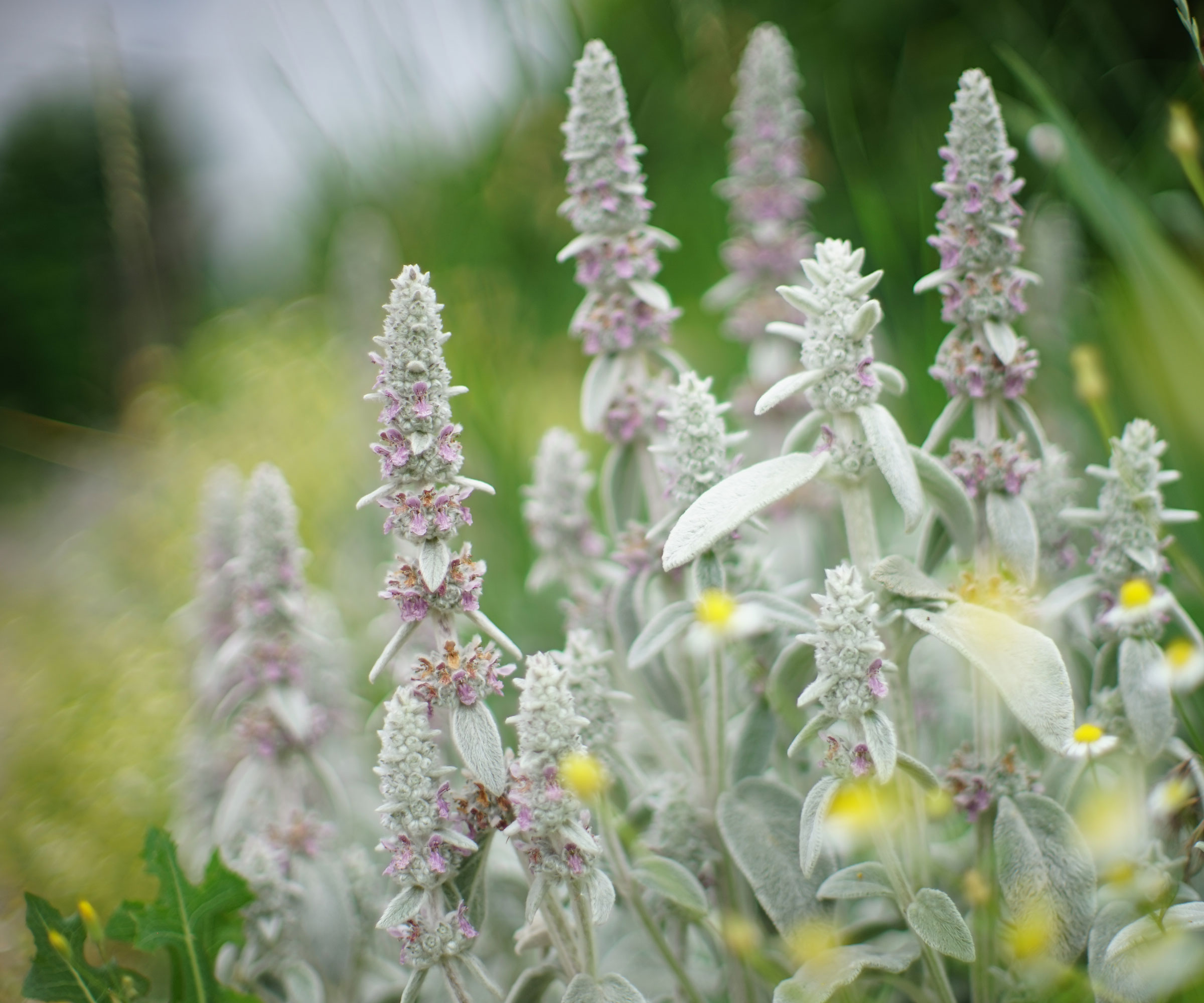
Creeping to form low extended mats, the spoon-shaped leaves are covered in what looks like silver wool making a dense weed-smothering cover even in poor soil. In summer, these fast-growing ground cover plants produce upright and equally woolly stems with open small pink or purplish flowers towards their tips. Deer hate both the woolly leaves and their taste.
Type: Evergreen perennial
Hardiness: USDA Zone 5 plus
Top varieties: ‘Silver Carpet’ makes the most effective ground cover as it very rarely flowers, the leaves of ‘Primrose Heron’ are pale yellow and become silvery as they mature. Lamb's ears is available to buy from Walmart.
Growing tips: Ideal in drought gardens, or anywhere sunny and well-drained, even spreading across paving. Also good in front of roses. Cut the spikes off at the base in early fall, after flowering.
Asian Jasmine (Trachelospermum asiaticum)
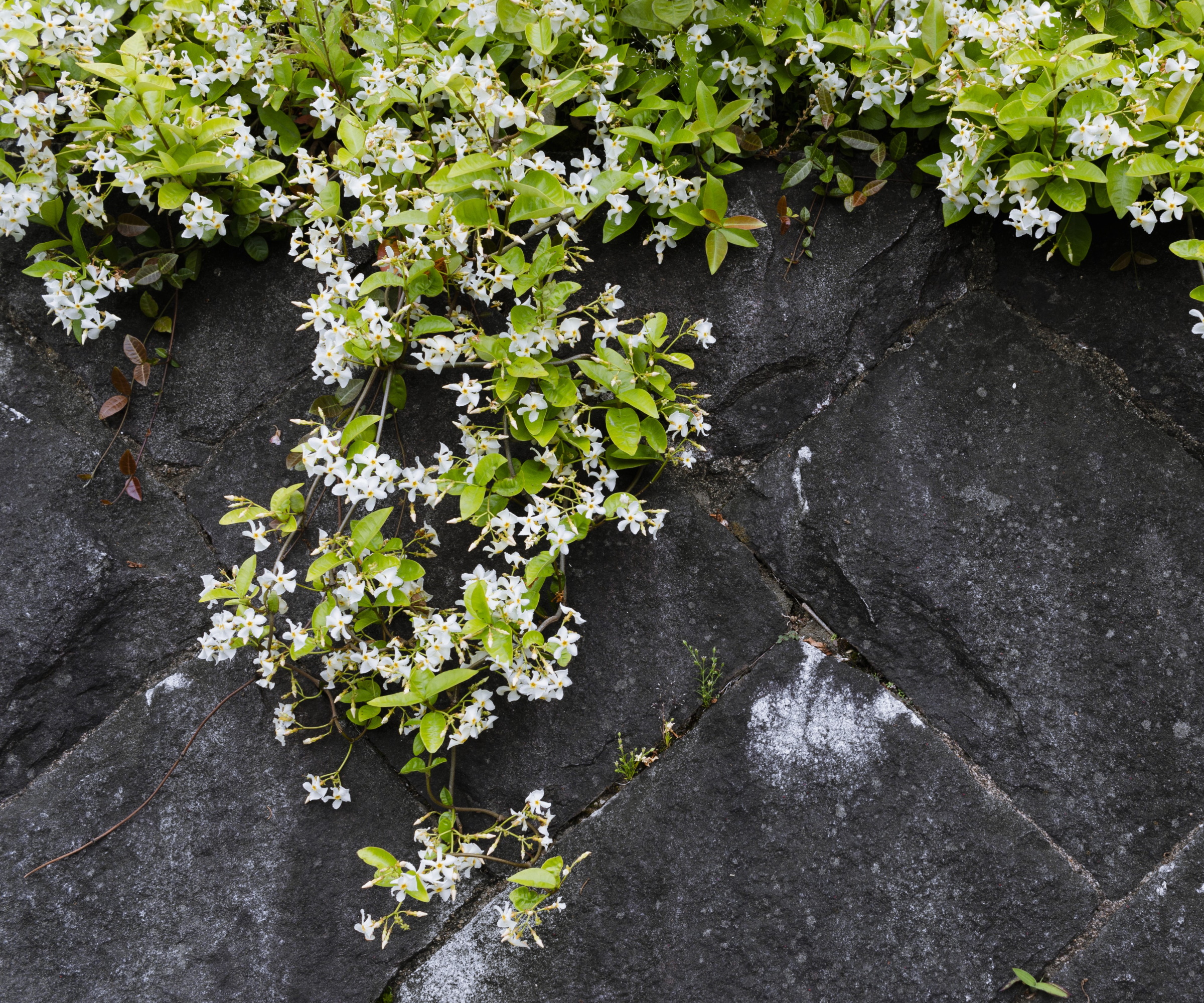
Although usually grown as a vine, this is a fine plant to cover a sunny bank. It matures to an evergreen tangle of twining growth with glossy, pointed evergreen leaves that develop bronzed or dark reddish tones in winter. The one-inch flowers open creamy and then become yellow. Asian jasmine is worth growing solely for its beautiful scent as well as its color and its effective ground-covering capabilities.
Type: Evergreen shrub or vine
Hardiness: USDA Zone 7 plus
Top varieties: The original form, Trachelospermum asiaticum, is the one most often seen, but there are also ‘Pink Showers’, with pink flowers, and also slower growing, foliage varieties including Snow ‘N’ Summer (‘Hosns’), with new growth speckled in white and pink, and ‘Golden Memories’ with yellow leaves. Varieties of Asian jasmine are available from Walmart.
Growing tips: Happy in any reasonable, fertile soil. May suffer in droughts when newly planted but eventually becomes drought-tolerant. Cut back in spring if necessary – it can also be mown in spring, with the blades set high!
Creeping Thyme (Thymus serpyllum)
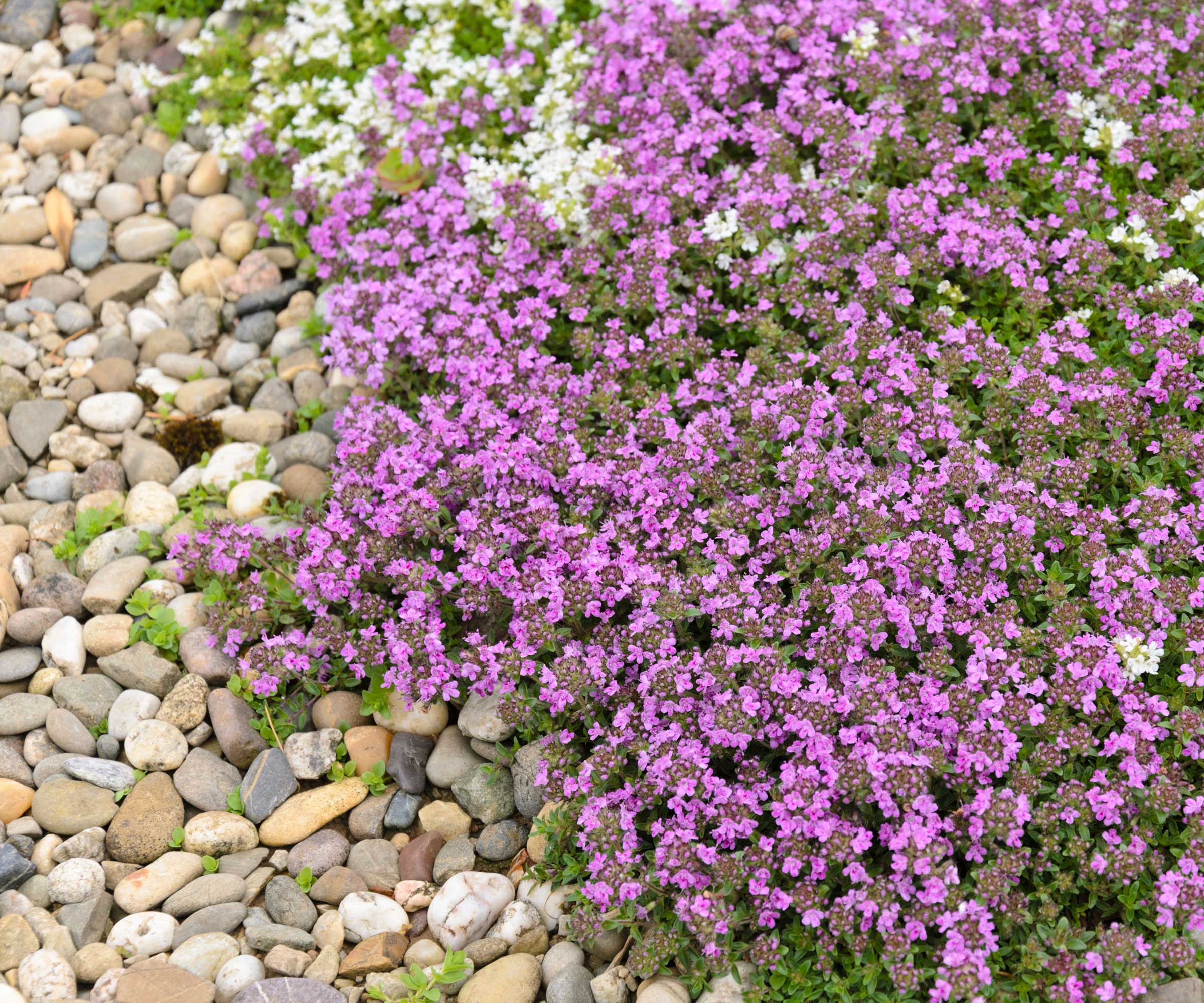
This very low-growing and steadily spreading evergreen creeps flat on the soil developing a carpet of tiny aromatic leaves. In early and mid summer, the short spikes of flowers almost cover the foliage and are popular plants for pollinators.
Type: Ground-hugging creeper
Hardiness: USDA Zone 5
Top varieties: ‘Magic Carpet’ has magenta-pink flowers, and ‘Pink Chintz’ has pale pink flowers. There are many other varieties although some, including ‘Elfin’, grow too slowly to make effective cover. Avoid other thymes for ground cover as they are often upright and bushy. Creeping thyme is available from Walmart.
Growing tips: Needs good drainage and all-day sun. As drought-tolerant planting, they are suitable for dry gardens. Thyme also will tolerate sea spray and grow happily between cracks in brick or block paving.
Lady's Mantle (Alchemilla mollis)
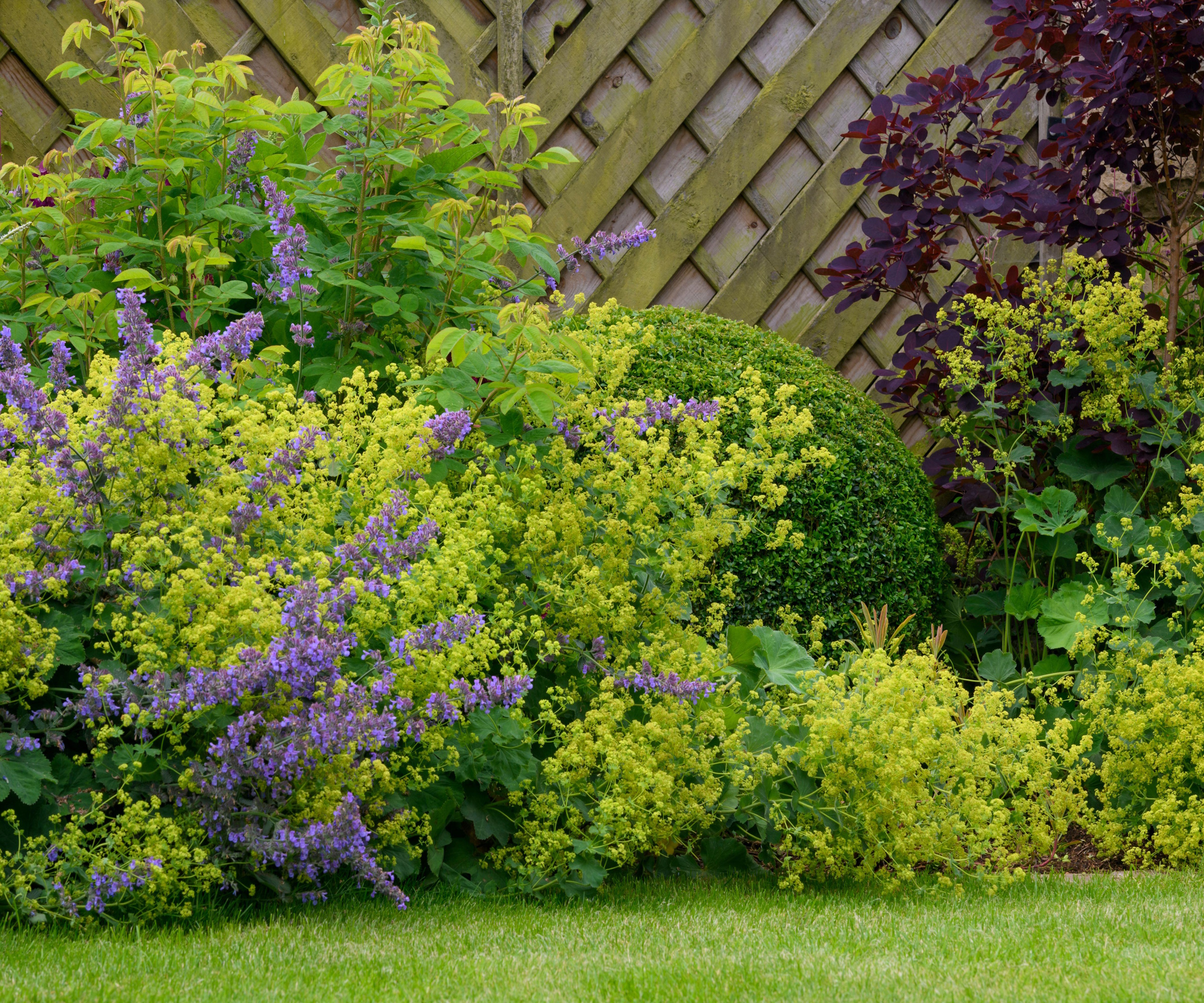
This invaluable deer-resistant ground cover features steadily spreading clumps of soft, beautiful, slightly hairy scalloped foliage. In early summer it opens its clouds of tiny chartreuse flowers, their color goes with almost every other shade in the garden and is especially appealing under and around roses.
Type: Hardy perennial
Hardiness: USDA Zone 4
Top varieties: The original form (Alchemilla mollis) is the one most often seen, but there’s also ‘Auslese’, with unusually large leaves, smothering weeds especially well, and the slightly taller ‘Robusta’, with its more upright flowering stems that are very good for cutting. Lady's mantle plants are available from Walmart.
Growing tips: Thrives in sun or partial shade in most soils that are not too wet in winter or parched in summer. Cut back the whole plant hard after flowering and irrigate well to encourage fresh, weed-smothering foliage. Watch out for the appearance of too many self-seeding plants in the summer. Lift, divide and replant in spring every three or four years.
Golden sedges (Carex Evercolor Series)
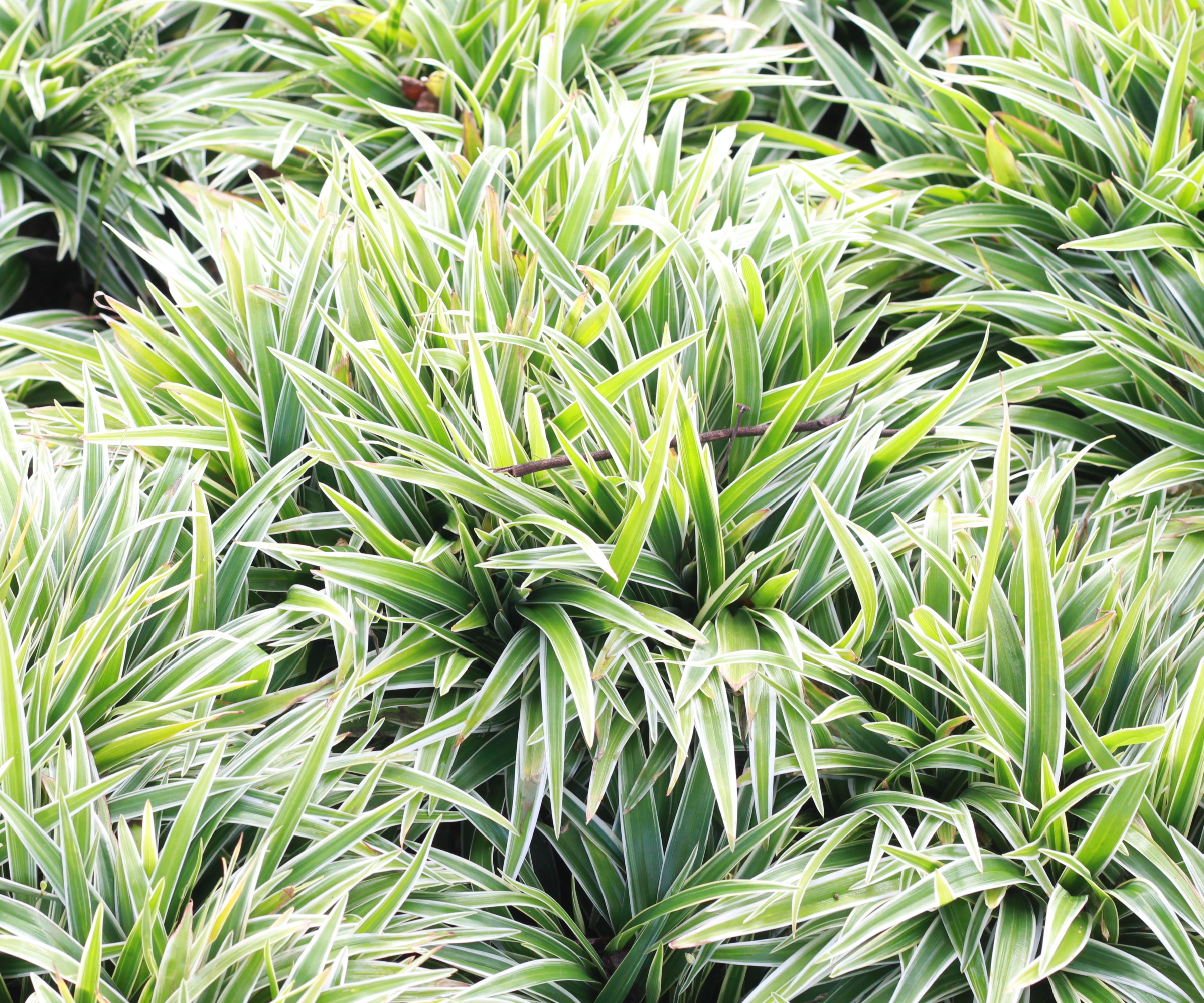
These invaluable, evergreen, grass-like plants make low, dense, steadily spreading clumps that crowd out and stop weeds without being so vigorous that they become a nuisance. There are nine varieties, most with striped or brightly colored leaves.
Type: Hardy perennial
Hardiness: USDA Zone 5
Top varieties: ‘Everest’, available from Walmart, has bright green leaves, edged in white, ‘Evergold’ has green leaves with a creamy yellow central stripe, ‘Everillo’ has limey yellow leaves, ‘Everlime’ has dark green leaves with pale lime green edges. All the varieties in the series are good.
Growing tips: Happy in sun, shade or partial shade in any reasonable soil that is well-drained. Spreads slowly but steadily and ideal with broader leaved ground covers. Lift, divide and replant in spring to expand coverage.
Sweet Woodruff (Galium odoratum)

Fresh green, prettily divided foliage makes an attractive low-spreading plant whose roots extend steadily in creating an effective cover. In late spring and summer clusters of white starry flowers open. A very pretty ground covering filler that works its way around narrow-leaved plants including sedges, and broader-leaved plants such as pulmonarias. The foliage is scented of hay, especially when dried.
Type: Hardy perennial
Hardiness: USDA Zone 3
Top varieties: Only one variety is available, but it’s well worth seeking out and can be grown from seeds as well as plants. Sometimes offered as Asperula odorata. Sweet woodruff is available to order from Walmart.
Growing tips: Thrives at the front of shade gardens, around deciduous shrubs and in other shaded or partially shaded sites. Sometimes spreads a little too enthusiastically but can be dug out if necessary.
Lilyturf (Liriope spicata)
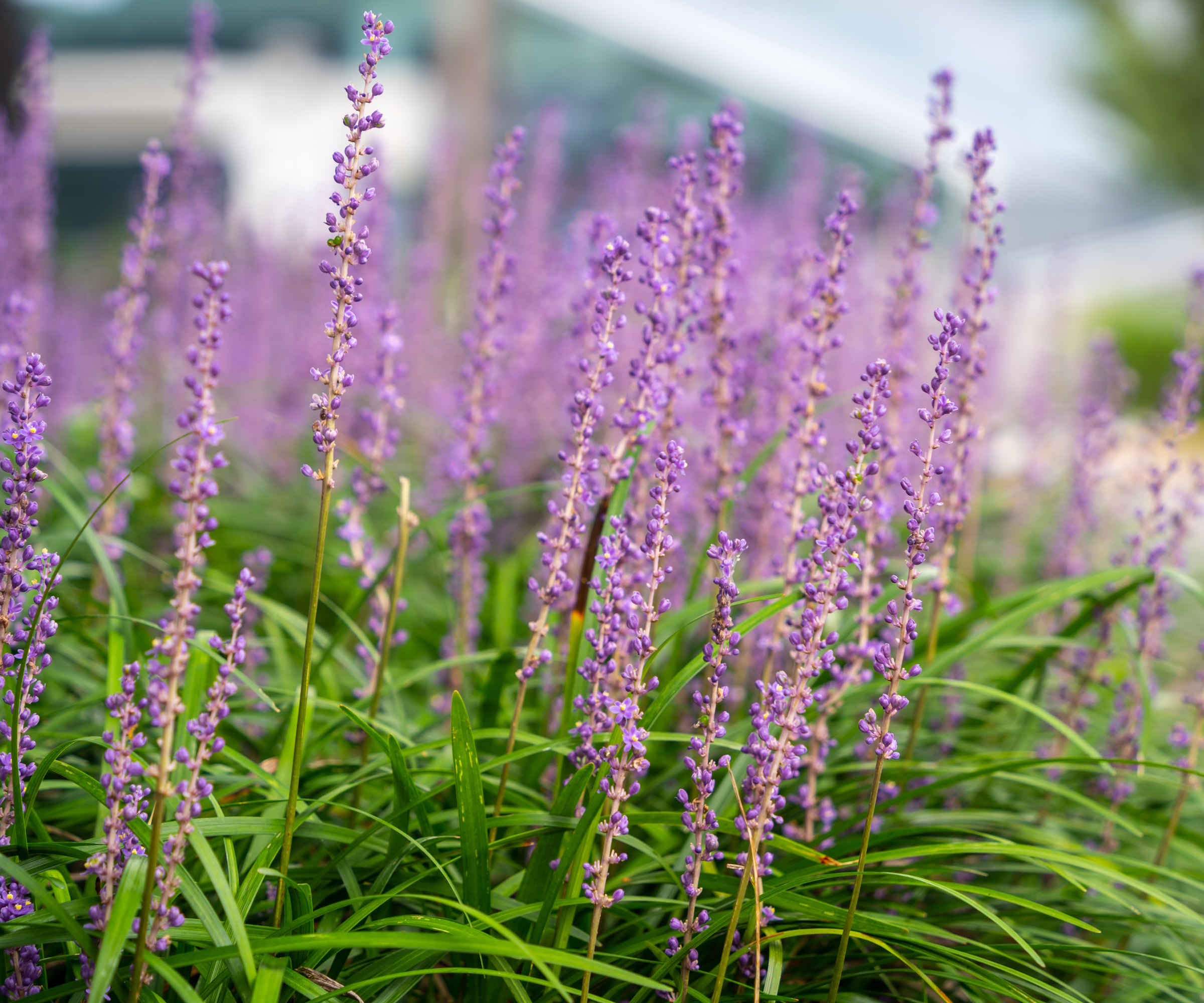
Lilyturf, or monkey grass, spreads by forming underground stems, though not aggressively, to create dense, slowly expanding, weed-smothering carpets of slender, evergreen, grass-like leaves up to 12in long and 1/4in wide. In summer, upright spikes carry small, bell-shaped flowers in mauve or white that just peep through the leaves. Fills in well around evergreen shrubs
Type: Hardy perennial
Hardiness: USDA Zone 5
Top varieties: ‘Alba’ has spikes of white flowers, ‘Silver Dragon’ has each leaf brightly edged in white but is slower growing. Lilyturf plants are available from Walmart.
Growing tips: Happy in partial shade, or full sun, if necessary its spread can be limited by removing pieces at the edges. After four or five years, plants can be lifted, divided, and re-planted in improved soil.
Lily-of-the-Valley (Convallaria majalis)
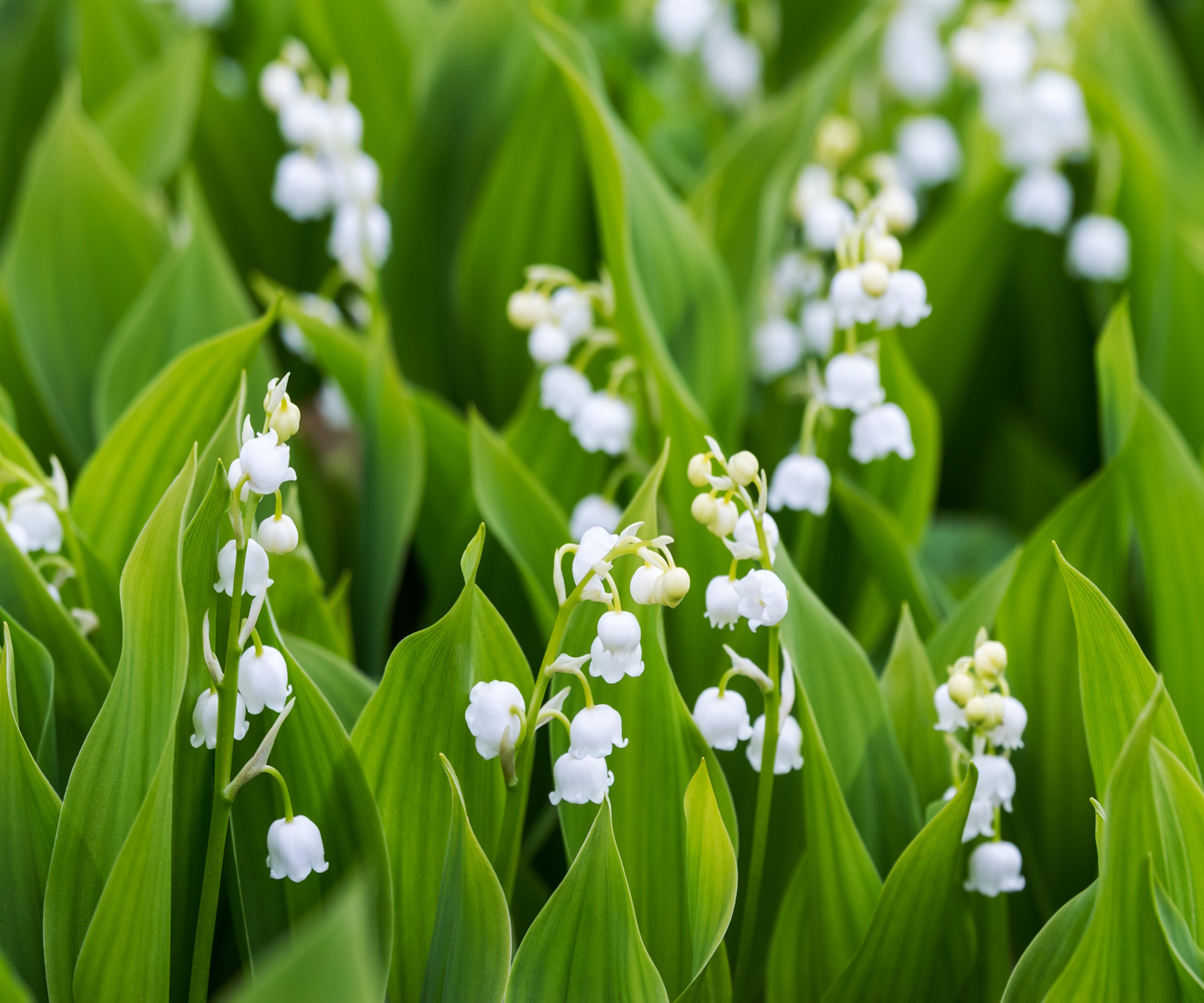
The practical value of lily-of-the-valley is as a low, dense ground cover with overlapping dark green, oval leaves that keep weeds at bay for much of the year. Slender, upright stems emerge in late spring and carry a double row of dainty white, exquisitely scented bells. Valued for its practical use as a shade-loving ground cover as well as for its elegance and fragrance,
Type: Hardy perennial
Hardiness: USDA Zone 3
Top varieties: ‘Rosea’ is pale pink, and there are also some pretty colored-leaf varieties but they can be hard to find. These include 'Fernwood's Golden Slippers', with chartreuse leaves, and ‘Hardwick Hall’, with creamy green leaf margins. Buy Lily-of-the-Valley, Convallaria majalis, from Walmart.
Growing tips: Happy in shade or partial shade, preferably in humus-rich soils, and spreading steadily when established. Pick a few flowers for a small vase indoors.
Autumn fern (Dryopteris erythrosora)
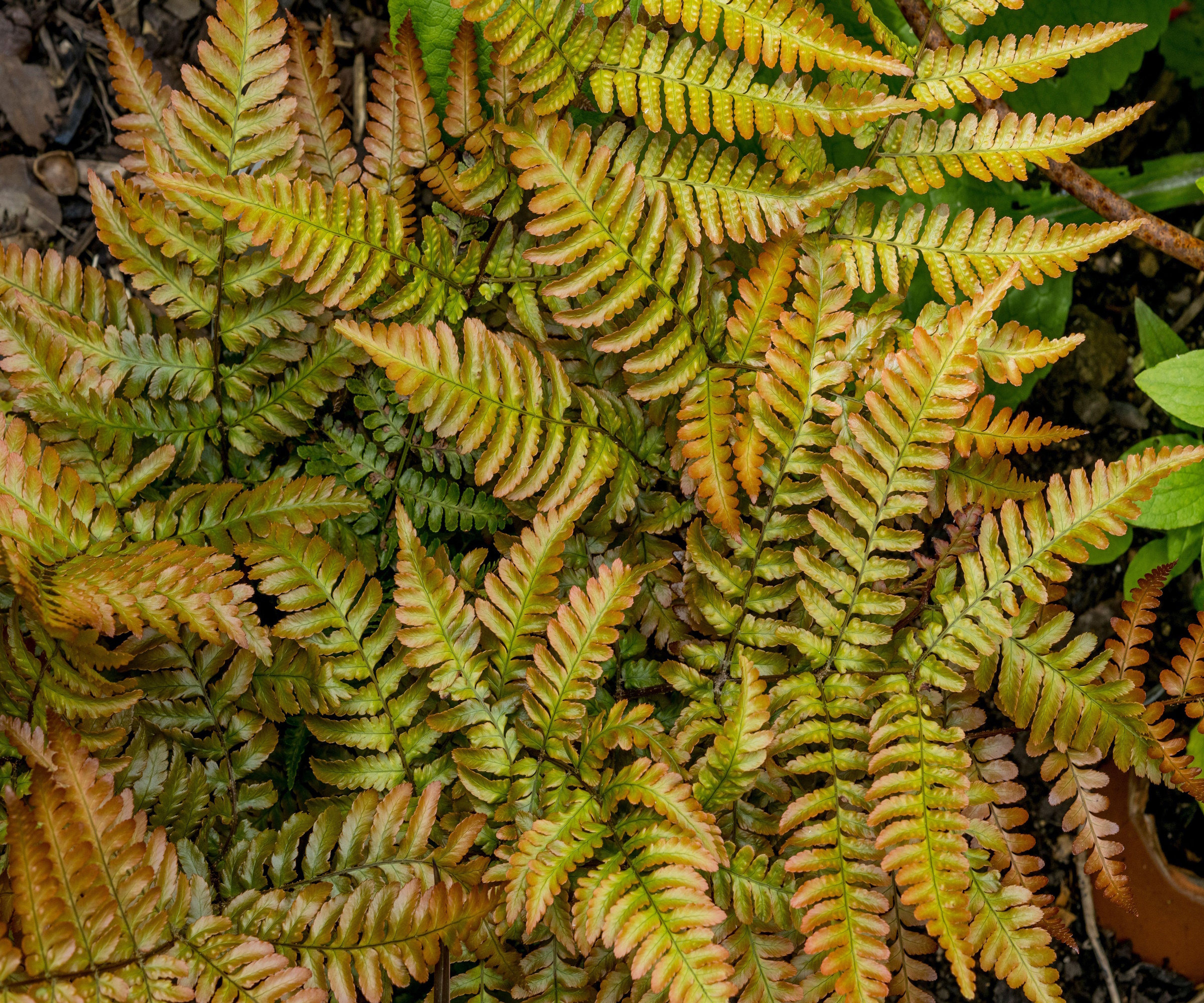
Many ferns make attractive deer-resistant ground cover, especially those that feature evergreen fronds. Each triangular frond of the autumn fern is repeatedly split to create a typical ferny look with the bonus of red coloring in the new fronds, fading to pink and then green. Spreads slowly but surely, the fronds overlapping to create a delightful cover, especially with hellebores and other broad-leaved plants.
Type: Hardy evergreen
Hardiness: USDA Zone 6
Top varieties: Other ferns to try include the taller, moisture-loving ostrich fern, Matteuccia struthiopteris, and the more compact, prettily patterned varieties of painted fern, Athyrium niponicum. Buy autumn ferns from Walmart.
Growing tips: All ferns appreciate shade and moisture-retentive soil and can be divided every few years to increase the area of weed-suppressing coverage.
Yellow Archangel (Lamium galeobdolon)
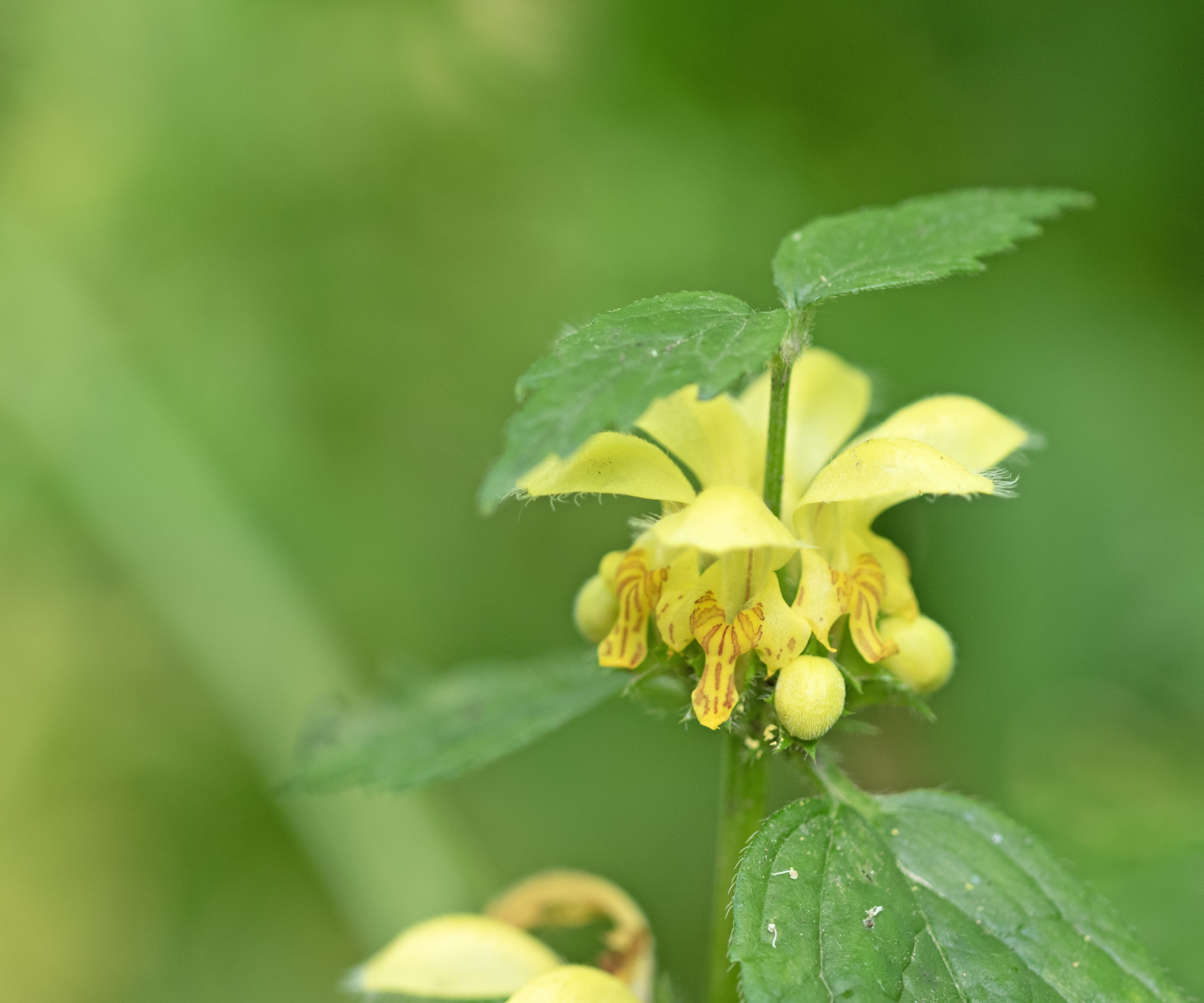
Strong growing ground cover with arching green stems that root where they touch the ground, eventually making a dense weed-smothering tangle. The neat oval foliage is prettily spotted in silver between the leaf veins, although some types have better markings than others. Spikes of bright yellow, two-lipped flowers open on upright stems in late spring.
Type: Perennial
Hardiness: USDA Zone 4
Top varieties: ‘Florentinum’ has brightly silvered leaves that develop purple tints in winter, ‘Herman’s Pride’ is speckled in silver, ‘Silver Carpet’ is less vigorous, and more compact with green-veined silver leaves. Buy yellow archangel, Lamium galeobdolon, from Walmart.
Growing tips: Happy in shade, in soil that never becomes dry. Peg down shoots with a stone to expand the coverage, not difficult to dig out if it outgrows its space.
Lungwort (Pulmonaria)
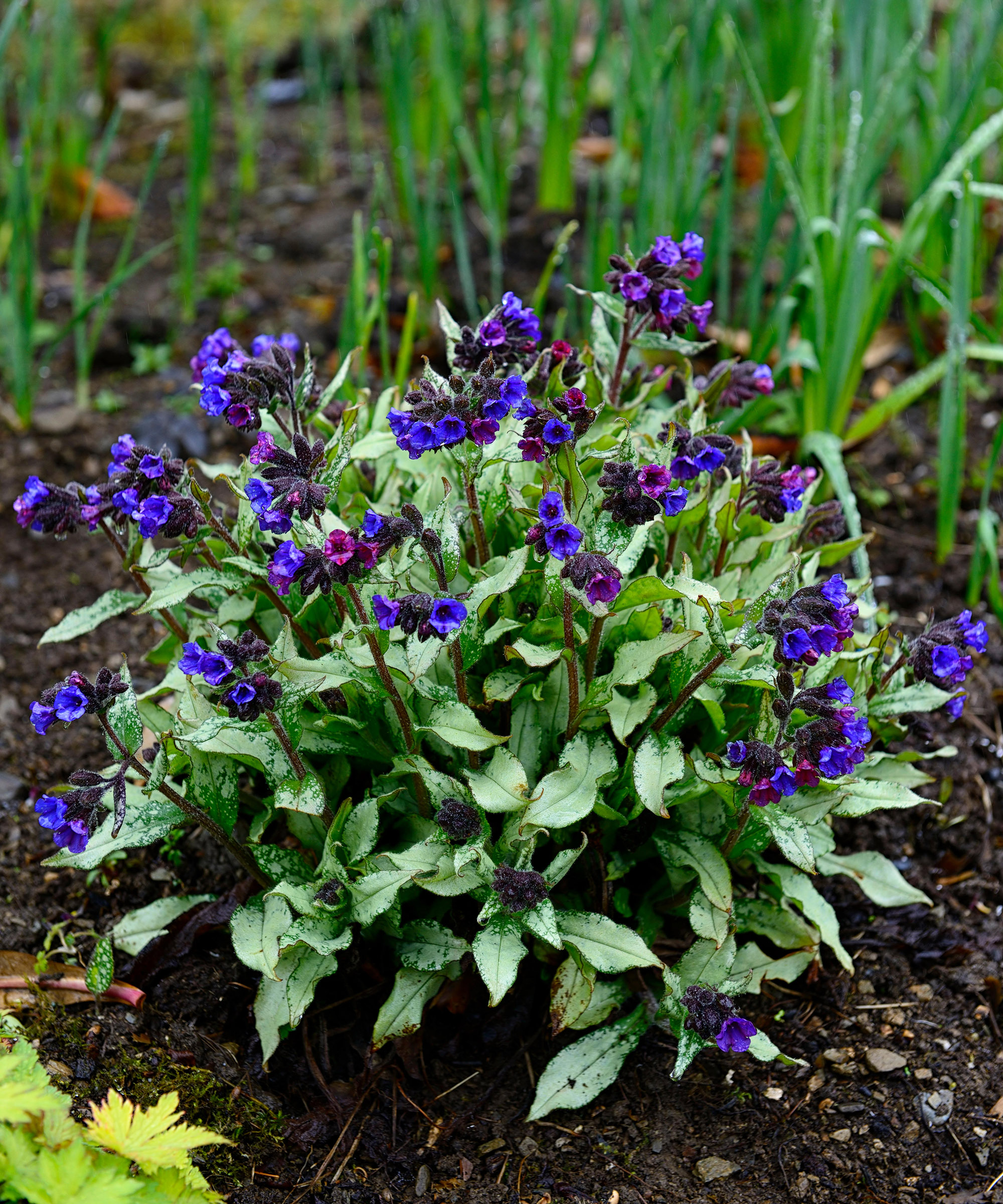
Most of these low, clump-forming varieties have rather rough, oval or heart-shaped leaves that range from almost entirely silvered to silver spotted. The foliage overlaps to smother weeds and deer hate the taste and the rough texture. There’s an attractive spring bonus of red, pink, blue or white spring flowers on short spikes held just above the leaves.
Type: Clump-forming
Hardiness: USDA Zone 4
Top varieties: Many fine new varieties have been developed in Oregon in recent years. These include ‘Moonshine’ with silver leaves, edged in dark green, plus very pale blue flowers, and ‘Shrimps On The Barbie’ has green leaves boldly spotted in silver plus prolific, vivid pink spring flowers. ‘Silver Bouquet’, available from Walmart, has coral pink flowers set against green-rimmed silver leaves.
Growing tips: Tolerant and adaptable, growing well in part shade to full shade although flowering best in good light. Their spread is dense and steady, and most can be allowed to increase for four or five years, or more, without lifting and dividing.
Using ground cover plants is a great way to fill your borders and beds with greenery, although there are some varieties to look out for. Vinca, otherwise known as periwinkle, is a vigorous grower and is often considered an invasive ground cover plant. Always check with your local government office as to what you should - and should not - be growing in your region.

Graham Rice is a garden writer who has won awards for his work online, and in books and magazines, on both sides of the Atlantic. He is a member of a number of Royal Horticultural Society committees and the recipient of the 2021 Garden Media Guild Lifetime Achievement Award. He gardened in Pennsylvania for 20 years, but has recently returned to his native England.